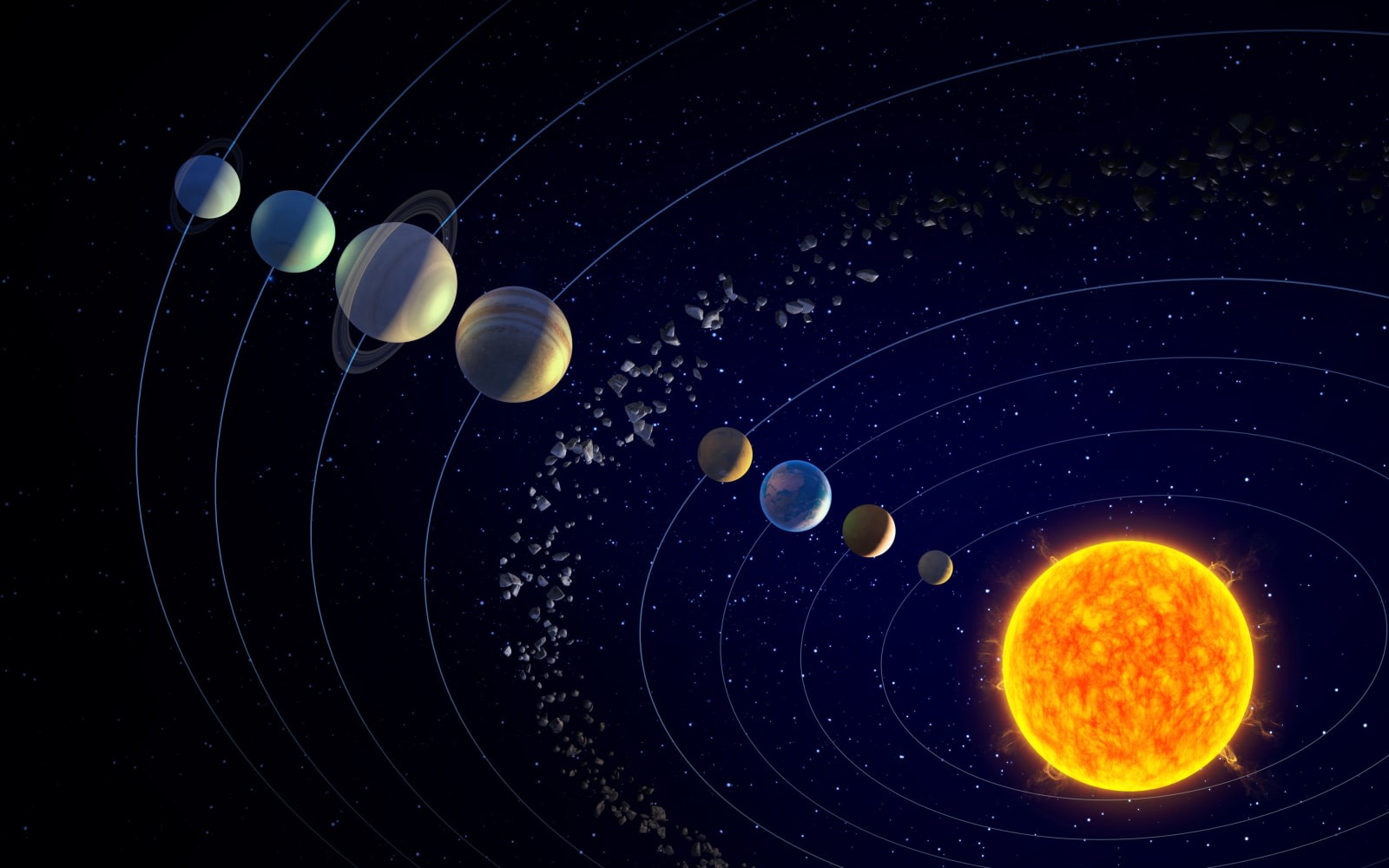NASA picks 10 smallsat missions to explore the Solar System
Some missions don’t require big spacecraft to accomplish. Take for example, these 10 projects under NASA’s Planetary Science Deep Space SmallSat Studies (PSDS3) program. The agency picked 10 projects from PSDS3 to develop mission concepts that use small satellites to study different celestial bodies in the Solar System. NASA awarded the projects a total of $3.6 million to get their concept planning started, but it’ll take some time before they’re ready for take off. Small satellites are spacecraft that weigh less than 400 pounds, and could be as big as a fridge or as small as a single CubeSat unit that measures 4 cubic inches.
Two of the projects focus on Venus. One team plans to build a 66-pound probe to measure noble gases and their isotopes, while the other wants to use a 12-unit CubeSat to measure its atmosphere’s ultraviolet absorption and nightglow emissions. A team from the Smithsonian Astrophysical Observatory wants to send a 12-unit CubeSat to map the elemental composition of the moon. Another group from NASA’s Goddard Space Flight Center plans to launch a 12-unit CubeSat of their own to investigate the lunar hydrogen cycle.
A team from Johns Hopkins University wants to send a small satellite with deployable seismometer to rendezvous with an asteroid and explore both its surface and interior structure. Meanwhile, a team from Lockheed Martin wants to put together a constellation of 6-unit CubeSats to assess asteroids’ physical structure.
Purdue University plans to build a 12-unit CubeSat that can take high-resolution photos and study the surface material composition of Martian moons Phobos and Deimos. Anthony Colaprete from NASA Ames wants to send a 24-unit CubeSat to the red planet in order to understand its daily climate variability. Hampton University’s team aims to send a probe to Uranus to study its atmosphere. Finally, a group from Southwest Research Institute wants to use a small satellite to explore Jupiter’s magnetosphere.
These smallsats could provide preliminary data needed for much bigger projects in the future. They’re also not as expensive to launch, since they’re typically loaded as auxiliary payloads. Jim Green, director of the Planetary Science Division at NASA Headquarters in Washington, explains:
“These small but mighty satellites have the potential to enable transformational science. They will provide valuable information to assist in planning future Announcements of Opportunity, and to guide NASA’s development of small spacecraft technologies for deep space science investigation.”
(166)















